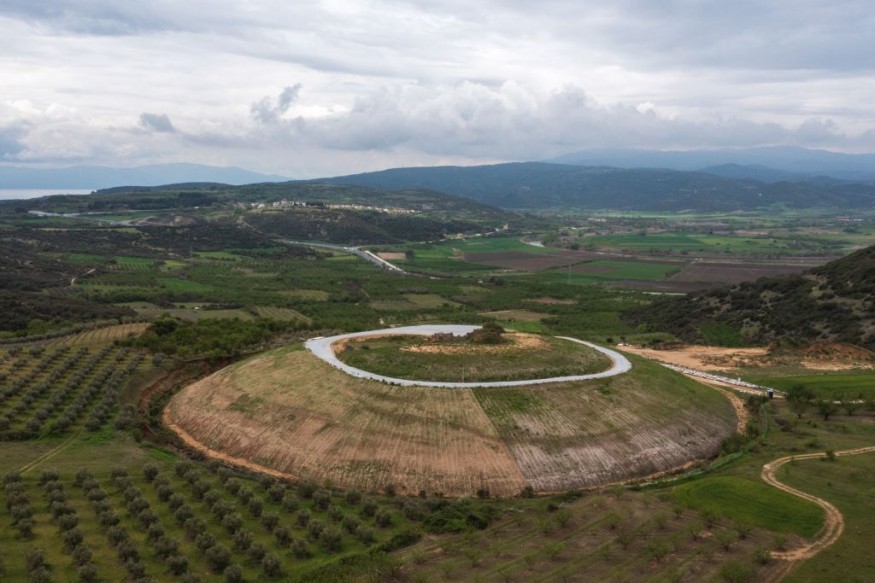
In an impressive effort, more than 6,500 volunteers have helped identify around 1,000 prehistoric burial mounds in the Netherlands in just four months.
The project called Heritage Quest shows how community involvement can greatly help archaeologists in their work.
The Heritage Quest initiative, which began in 2018, utilizes citizen scientists' help by analyzing lidar images of central Netherlands to find archaeological sites. Lidar is a technology that uses lasers to create detailed images of the ground, making it easier to spot hidden features.
Community Effort Uncovers 1,000 Prehistoric Burial Mounds
With the help of internet volunteers, many burial mounds were quickly identified throughout the area. However, the accuracy of the data gathered by volunteers was questioned since most of them did not have formal training in archaeology.
Dr. Quentin Bourgeois, the lead author of the study from Leiden University, addressed these concerns, saying, "While the volume of data exceeded our expectations, we faced a key challenge common to large citizen science projects: how reliable are the detections made by volunteers?"
To ensure the accuracy of the information, the researchers conducted a thorough ground survey of 380 sites that the volunteers had identified. They personally examined each location to confirm whether they were indeed prehistoric burial mounds. The findings were published in the journal Antiquity.
Dr. Bourgeois concluded that the citizen science approach was successful. The study showed a strong link between the number of volunteers who identified a potential archaeological site and the likelihood that it was a burial mound.
The Heritage Quest project effectively doubled the number of known burial mounds in the region in just four months, uncovering 1,000 previously unknown sites.
"Citizen science works. We found a direct correlation between the number of volunteers identifying a potential archaeological object and its likelihood of being a prehistoric burial mound," said Dr. Bourgeois.
He emphasized how the project would have taken years if only professional archaeologists had worked on it. Instead, it took only months thanks to the innovative use of lidar technology and the help of enthusiastic citizens.
© 2025 NatureWorldNews.com All rights reserved. Do not reproduce without permission.





